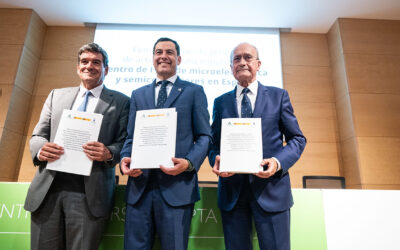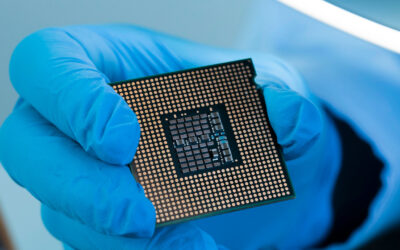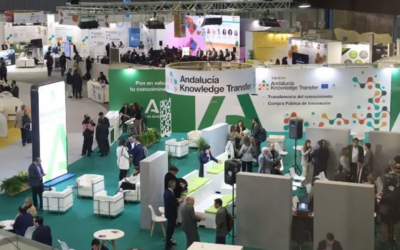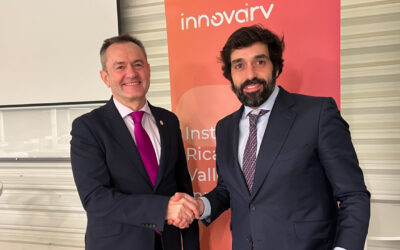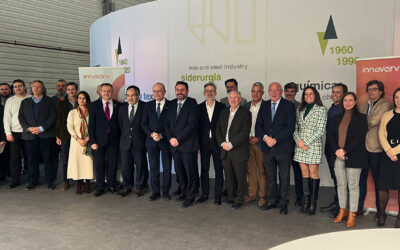Andalusia formalises its incorporation to the European Semiconductor Regions Alliance in Brussels
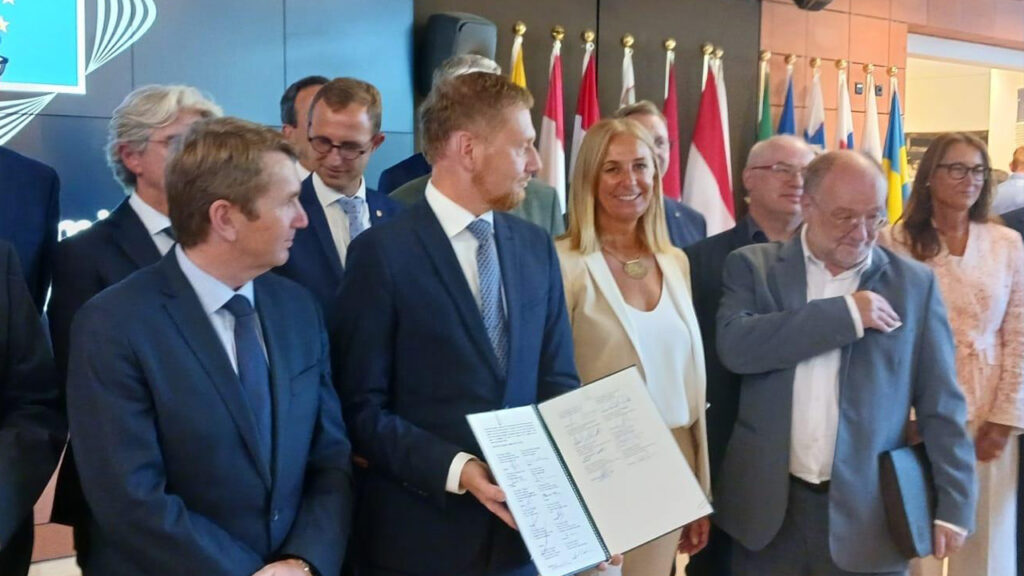
The European Committee of the Regions launched the European Semiconductor Regions Alliance, promoted by the Free State of Saxony (Germany), and Andalusia is one of the four regions of Spain that participate in it. This alliance seeks to strengthen Europe’s capacity as a producer of semiconductors and microelectronics, thereby reducing its dependence on supply from countries such as the United States or China.
Amelia Martínez, the deputy regional minister for Economy, Finance and European Funds, together with Carlos de la Paz, Director-General for EU Funds, headed the delegation of the Andalusian Regional Government in the headquarters of the European Committee of the Regions in Brussels, in order to formalise Andalusia’s incorporation to this alliance.
The European Semiconductor Regions Alliance aims to identify and help remove the obstacles to the industry’s strategic development by improving the legal framework, promoting public and private investment, supporting the sharing of knowledge and the development of strong and resilient value chains.
The global semiconductor shortage brought to light the dependence on supply from a limited number of companies and its vulnerability to export restrictions from third countries and other disruptions in the current geopolitical context. The EU’s share of the global semiconductor market is currently 10% by value, far below its economic weight.
In order to support the expansion and diversification of the chip sector in the European Union, 27 regions from 12 Member States have joined forces to constitute the European Semiconductor Regions Alliance (ESRA), in order to share their concrete experience in this strategic field and contribute to strengthening Europe as a key competitor on the global scene with the United States and China.
The deputy regional manager for Economy, Finance and European Funds claims that Andalusia’s membership to this international alliance shows the potential of the region in a strategic industry for the coming years, an industry such as that of semiconductors and microelectronics. “Andalusia has the capability and talent to lead this strategic industry in Spain”, said Amelia Martínez.
Michael Kretschmer, Minister President of the Free State of Saxony, said at the formal founding event of the network: “The establishment of the Semiconductor Regions Alliance on the initiative of Saxony is an important milestone for the entire European Union and its future. With ESRA, we are opening up new ways for regions to collaborate, research and innovate to ensure Europe’s economic and digital sovereignty. The Alliance will make an important contribution to making Europe competitive in this key industry in the years to come.”
In the jointly signed 10-point paper, regions call for a long-term definition of funds in the EU’s Multiannual Financial Framework to increase European semiconductor production as well as the best possible support and competitive conditions for the regions within the framework of the European Chips Act.
The member regions call on the European Commission to interpret the criterion of “uniqueness” broadly to achieve the greatest possible flexibility and speed in the examination and granting of state aid in the semiconductor industry and to develop and implement solutions for a more sustainable production of semiconductors within the framework of the European Green Deal.
They further plan to expand research and development and promote networking of research institutions in and between the various regions and promote new technologies and innovations “Made in Europe.”
The alliance
The Alliance comprises 27 regions from 12 Member States: Baden-Württemberg, Bavaria, Hamburg, Hesse, Lower Saxony, Saxony, Saxony-Anhalt, Saarland, Schleswig-Holstein and Thuringia in Germany; Andalusia, the Basque Country, Valencia and Catalonia in Spain; Flevoland and North Brabant in the Netherlands; Carinthia and Styria in Austria; the Centro region in Portugal; Flanders in Belgium; Auvergne-Rhône-Alpes in France; Piedmont in Italy, Tampere and Helsinki in Finland; South Moravia in the Czech Republic; Wales in the UK; and the Republic of Ireland.
On 8 February 2022, the European Commission proposed a comprehensive package of measures to strengthen the EU’s semiconductor ecosystem — the European Chips Act. The Commission’s goal is to increase Europe’s market share in global chip manufacturing from currently only 10% to up to 20% by 2030.
